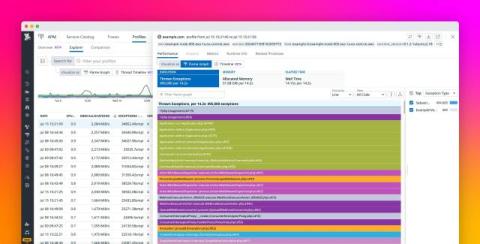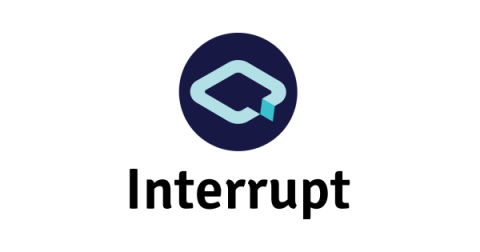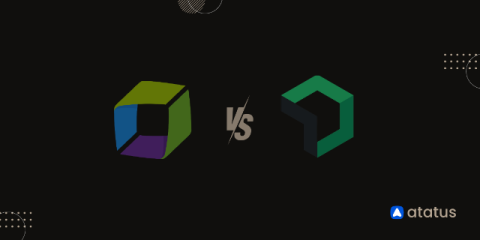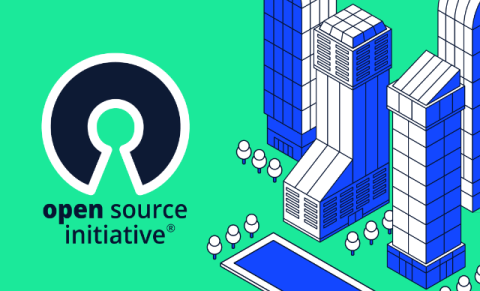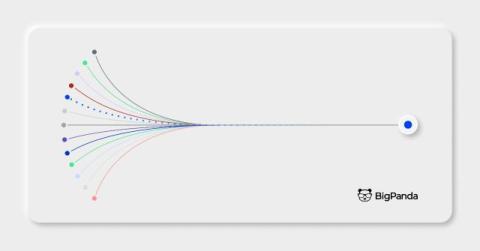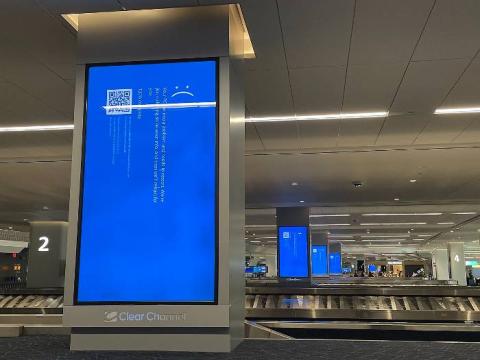Why care about exception profiling in PHP?
A few months ago, we implemented support for exception profiling in PHP. One of the key justifications for building this functionality into Continuous Profiler was to show the hidden costs of exceptions in PHP, especially when they are used for flow control in hot code paths. Once this feature was built, we naturally wanted to know if it surfaced these kinds of flow control problems in customer production systems.


